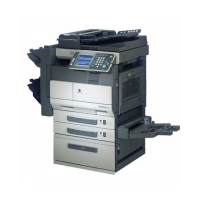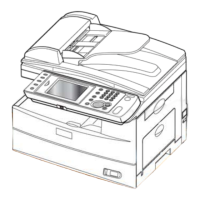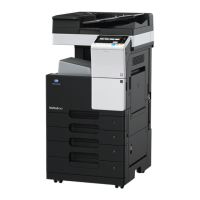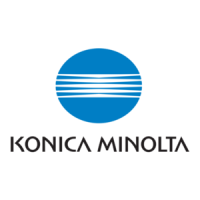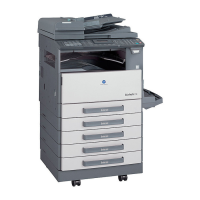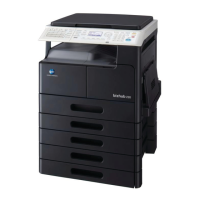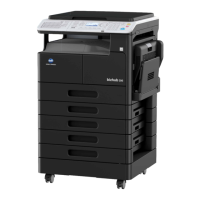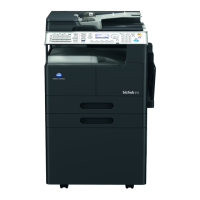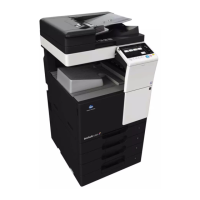Why is transmission not possible due to incorrect connections on Konica Minolta All in One Printer?
- DDaniel WilsonAug 31, 2025
If transmission is not possible on your Konica Minolta All in One Printer due to incorrect connections, check the LED indicator on the hub and check the connections.
